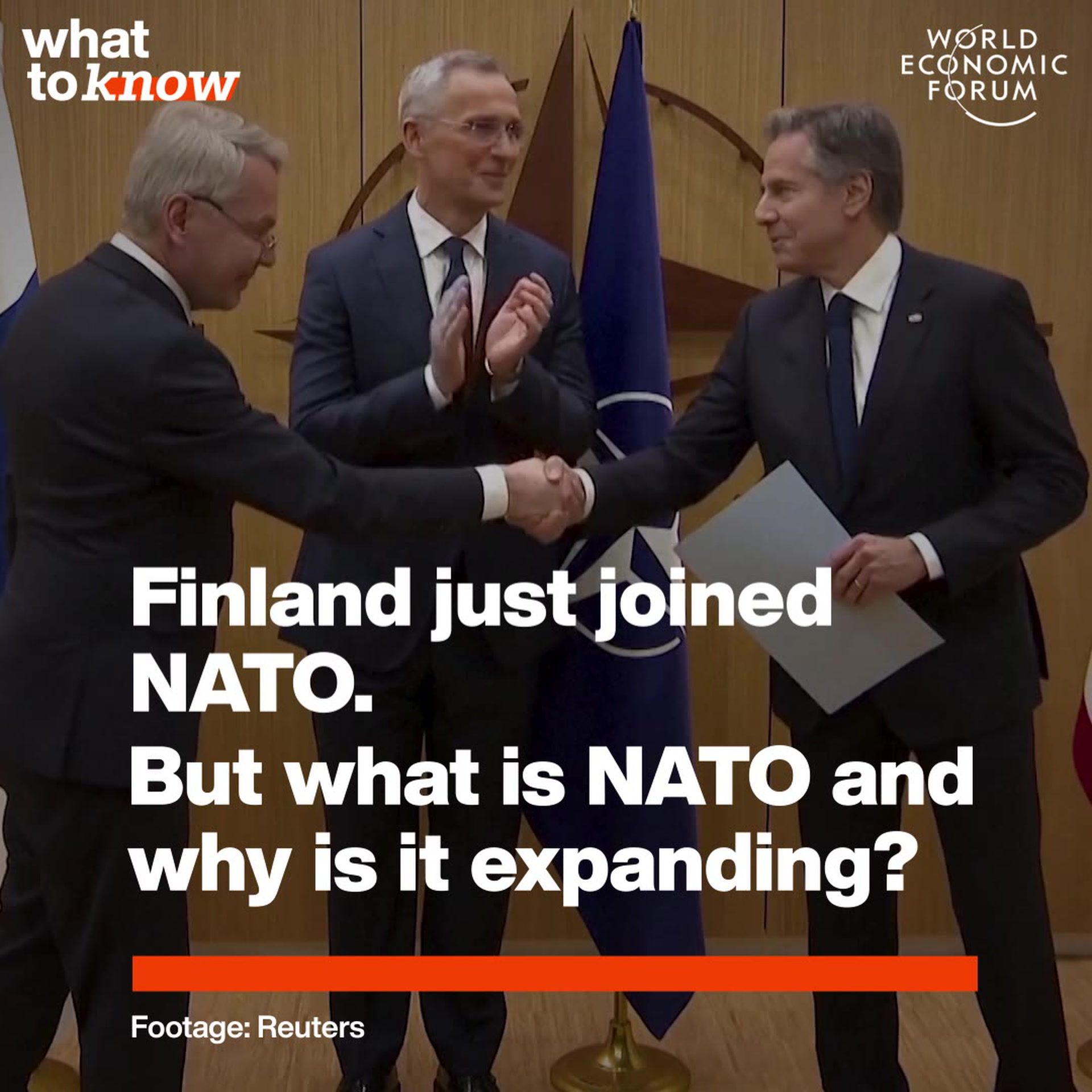5 ways communities can counter violent extremism


Get involved with our crowdsourced digital platform to deliver impact at scale
Stay up to date:
International Security
On recent visits to Bangladesh, Mali and Nigeria to support national efforts to counter violent extremism, I was struck by the lack of consensus as to the drivers of violent extremism.
Among representatives from government, civil society and the private sector, some have suggested the problem is poverty; others think it’s income disparity. Some blame a lack of education; others are concerned about radicalization among university students. Some point the finger at the failure of national policies; others at cross-border factors. Some cite radical Islam; others the absence of religion.
The reality is that the drivers of violent extremism vary within as well as between countries, and over time.
Local communities are best placed to understand what these drivers are, why they change, and how best to address them. And yet all too often they are excluded from academic research and policy dialogue on countering violent extremism.
The first step to engaging communities is to identify them. Development actors normally focus on the poorest communities; security actors on those already infected by extremism. But the real focus for efforts to counter violent extremism should be those communities most at risk of succumbing to violent extremism. These may be neither the poorest communities, nor those in regions already afflicted.
A second step is to seek out appropriate interlocutors within these communities. These may be school teachers, religious leaders or sports coaches. Legitimacy may or may not be associated with elected office. Often the most significant partners are the quietest – empowering young people and women is important.
A third step is to try to build confidence. Sustainable and replicable efforts to counter radicalization at the local level will not be achieved unless there is trust between different communities, between communities and the local and national government, and between all these actors and the international community. The legacy of the “war on terror” is a severe trust deficit.
A fourth step is to unlock the potential of local communities to develop tailored, local responses to the threat of violent extremism. But in many countries there is a significant funding gap. These communities may not be obvious development or security priorities; they may lack the skills or networks to raise money; or the political credibility to be allowed to do so.
A fifth step is to expand local successes. Providing support to specific local initiatives may achieve local results (although demonstrating impact is a challenge), but risk being a drop in the ocean when compared to national and transnational drivers of violent extremism. All these steps to engaging local communities need to be systematized so that they can be applied elsewhere, both nationally and internationally, and success stories need to be broadcast widely, while failures should be acknowledged and understood.
The Global Community Engagement and Resilience Fund (GCERF) is a public-private partnership dedicated to supporting community-led initiatives to counter radicalization to violent extremism, for which these steps represent a stairway to success.
But local communities are only one of a range of actors who need to be mobilized; a lack of funding is only one of the challenges faced by these communities; prevention is only one part of a comprehensive response to violent extremism and its legacy.
GCERF looks forward to engaging with the World Economic Forum as it uses its unique convening power to create effective responses through collaborative partnerships.
The World Economic Forum on the Middle East and North Africa 2015 takes place at the Dead Sea, Jordan, from 21-23 May.
Author: Khalid Koser is Executive Director of the Global Community Engagement and Resilience Fund
Image: A boy from the minority Yazidi sect, who fled violence in the Iraqi town of Sinjar, squats on the ground in Bajed Kadal refugee camp, southwest of Dohuk province August 22, 2014. REUTERS/Youssef Boudlal
Don't miss any update on this topic
Create a free account and access your personalized content collection with our latest publications and analyses.
License and Republishing
World Economic Forum articles may be republished in accordance with the Creative Commons Attribution-NonCommercial-NoDerivatives 4.0 International Public License, and in accordance with our Terms of Use.
The views expressed in this article are those of the author alone and not the World Economic Forum.
The Agenda Weekly
A weekly update of the most important issues driving the global agenda
You can unsubscribe at any time using the link in our emails. For more details, review our privacy policy.
More on International SecuritySee all
Kate Whiting
April 4, 2024
Spencer Feingold and Joe Myers
January 15, 2024
Anna Bjerde and Filippo Grandi
December 15, 2023
John Letzing
December 13, 2023
Joe Myers
August 18, 2023






